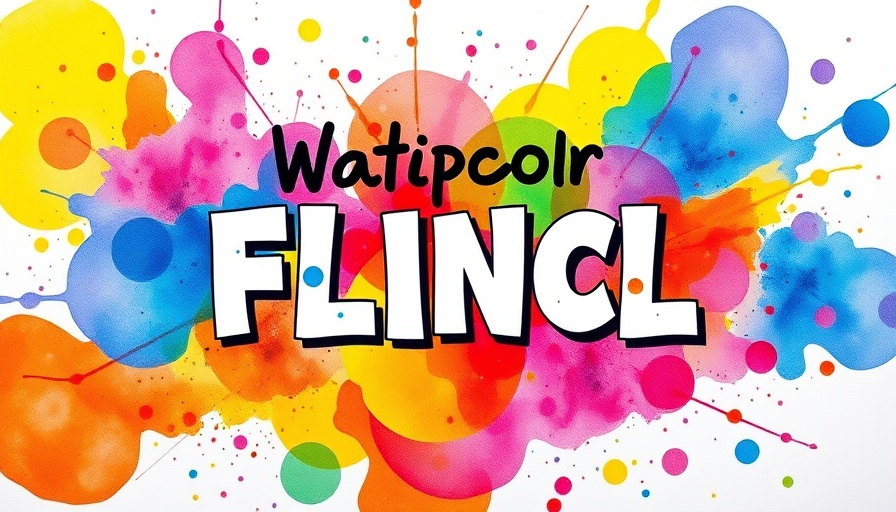
Understanding AI Email Detection Tools
Email communication has become integral in our lives, from professional correspondence to personal messages. With this surge in email usage, the need for advanced tools to manage and sift through emails has also arisen. The emergence of artificial intelligence (AI) technologies notably impacts how we identify and respond to emails. AI tools can spot patterns and distinguish between routine communications and those requiring immediate attention, thus optimizing our email management.
In "Spot AI Emails in 30 Seconds: Step-by-Step Guide," the discussion dives into leveraging advanced tools for email management, exploring key insights that sparked deeper analysis on our end.
The Growing Importance of AI Tools
In the video, "Spot AI Emails in 30 Seconds: Step-by-Step Guide," viewers gain insight into the technological advancements that enable AI to accurately detect and categorize emails quickly. These tools are not just time-savers—they also enhance productivity by learning an individual's preferences over time. Such AI applications can assess the tone, relevance, and urgency of incoming messages, creating a more efficient workflow for users.
Practical Applications and Benefits
Managing the deluge of incoming emails can be overwhelming, but AI enhances this experience dramatically. For instance, if someone is inundated with promotional emails, an AI tool can help filter these out, allowing the user to focus more on critical communications. By familiarizing ourselves with how to utilize these tools, we can significantly improve our response time and decision-making processes regarding email communications.
Future Predictions: Where is AI Heading?
The evolution of AI tools is just beginning. Future innovations might include even more personalized AI assistants capable of managing our complete email correspondence based on predictive analytics. We could soon see developments where AI identifies our priorities and takes action on our behalf—drafting replies or even scheduling appointments based on the content of incoming emails.
Counterarguments: Are AI Tools Always Accurate?
While AI email detection has numerous advantages, it isn't without its challenges. The reliance on algorithms can sometimes lead to misjudgment in flagging or filtering emails, which can lead to critical information being overlooked. It's essential to assess the balance between AI efficiency and the risk of missing pivotal communications.
How to Start Using AI Email Tools
Beginning with AI email detection tools is simpler than one might think. Most platforms offer simple setups and tutorials to get users acquainted with their functions. Incorporating these tools into daily routines can lead to substantial time savings while improving email correspondence management.
In summary, AI email detection tools can transform how we handle our daily communications. They provide not only a more streamlined approach to email management but also promote productivity and better decision-making. Exploring the insights from "Spot AI Emails in 30 Seconds" can deepen one's understanding of the practical advantages these technologies offer. As AI in communication continues to evolve, staying informed about these advancements is vital for effective personal and professional interactions.
 Add Row
Add Row  Add
Add 




Write A Comment